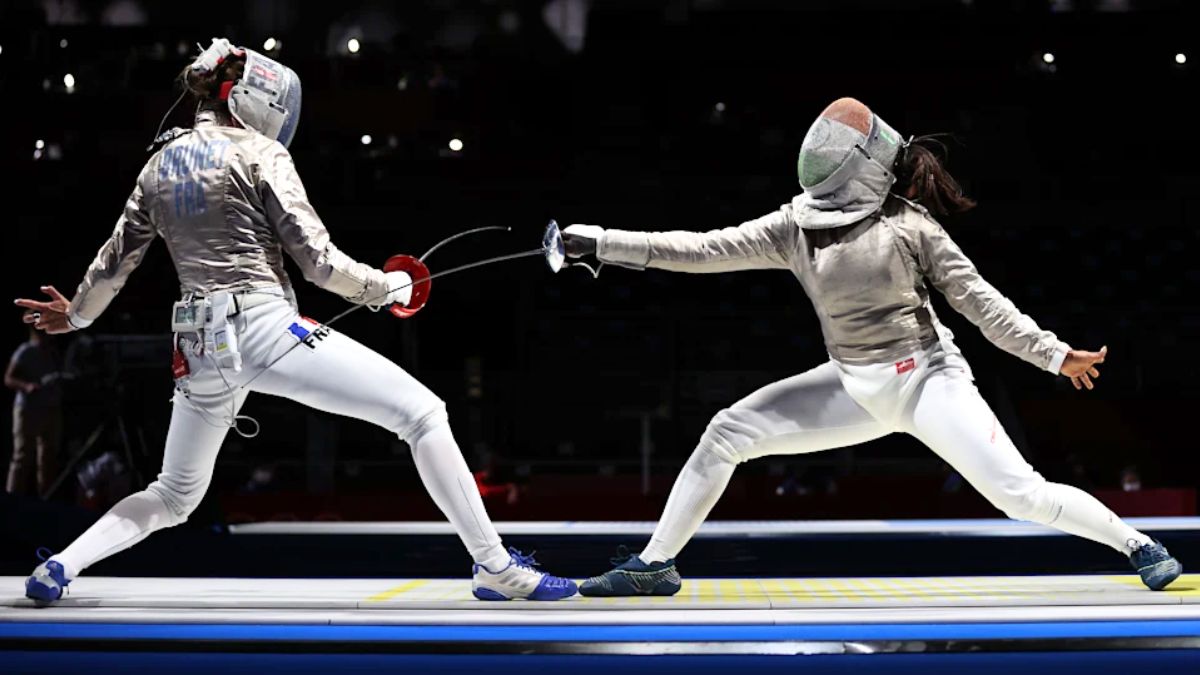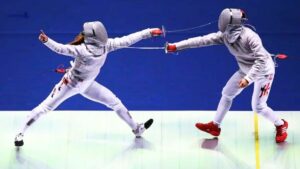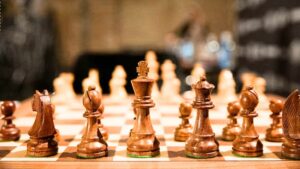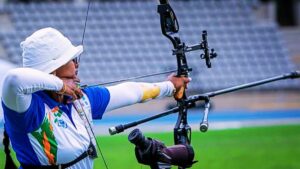Fencing is a combat sport wherein two participants engage in swordplay. The discipline encompasses three primary sword variants: the foil, épée, and sabre. Remarkably, these swords derive their names from the specific fencing category they represent.
Also Read: History of Diving Event at Asian Games: India’s Diving Performance
Across the global fencing community, practitioners often specialize in a singular style or type to hone their expertise. The game aims to effectively use your weapon to hit your opponent while skillfully evading their strikes.
The world of fencing is overseen by the International Fencing Federation (FIE), based in Lausanne, Switzerland. This organization comprises 155 national groups, each officially acknowledged by their country’s Olympic Committee as the exclusive voice for Olympic-style fencing within that nation.
Rules
Fencing has specific rules regarding timing, priority (right of way), and the valid target area. Fencers must be quick, agile, and possess good reflexes to attack and defend effectively. Strategy and tactics play a crucial role in defeating opponents and scoring points.
- Foil: The foil is a light-thrusting weapon. Points are scored by hitting the opponent’s torso with the foil’s tip. The target area is restricted to the torso, including the back, but not the arms or legs.
- Epee: The epee is the same as the foil but heavier. Fencers received points by hitting any part of the opponent’s body with the tip. Unlike foil and sabre, there are no restrictions on the target area, and simultaneous touches can be scored.
- Sabre: The sabre is a cutting and thrusting weapon. Points are scored by hitting the opponent’s upper body, including the head, torso, and arms. Sabre has a faster pace due to its cutting actions.
Equipment
Fencers wear protective gear, including a mask, jacket, glove, and pants. The weapon is the most distinctive piece of equipment: a foil, epee, or sabre.
Engaging in forceful contact with your opponent, employing your hand to obscure the designated target area, or making incorrect foot placements might result in the referee imposing a penalty of points.
Olympic Inclusion
Fencing has been a part of the modern Olympic Games since its beginning in 1896. It is one of the few sports featured in every Olympic Games.
Scoring
A touch (point) is scored when a fencer lands a valid hit on the opponent according to the rules of the weapon being used. The number of touches needed to win a bout varies by the match type (individual or team) and the weapon.
Winner
The ultimate winner in fencing is determined by the accumulation of points through strategic swordplay, successfully hitting the opponent while minimizing vulnerabilities. The fencer who amasses the required number of points within the rules and regulations of their chosen weapon emerges victorious.





